After completing our test shoot, we all felt pretty confident as to what we had to do for the upcoming shoot. We booked out numerous pieces of gear: 3 x battery powered LED light panels with coloured gels (plus some red gel from Robin), 1 x battery powered ENG fresnel, 1 x Canon 5D Mark III, 1 x 50mm f1.2 lens, 1 x 24-70mm f2.8 lens, 1 x black cutter, 1 x white core-board and 1 x reflector. We had our table at Magic Mountain booked for 9:30, giving us time to do the car scenes beforehand whilst he restaurant is busy, then the restaurant scenes later once it had quietened down. Originally we had planned to shoot the car scenes at the Wilson’s carpark next to Magic Mountain, but Darcey called and asked for permission, but they said an adamant no. I’m not usually one to ever bother asking for permission, but I guess its good to do things ‘by the book’. Ella luckily had a car park beneath her building that she said we could use. It certainly didn’t look as interesting or well lit as the one next to Magic Mountain but we decided that we’d make do. However, once we got there and began setting up the equipment we got told by the building manager that we weren’t allowed to shoot their either. This then led to us wasting another hour deciding what we should do and trying to look for somewhere to park the car that was legal but not in a busy location as we had one too many crew members to be legally considered a low impact shoot by the Melbourne city council, meaning we needed to ask for permission to shoot anywhere in the CBD. We managed to find a little car park near Ella’s building where we could shoot, however it was severely less interesting visually than either of the other two carparks, but we had to make it work.
The carpark next to Magic Mountain:
Originally I was meant to DOP the shoot, but then Darcey said she wanted to use footage from this shoot for her reel, so I said I was happy to let her DOP and I could do something else, like direct. Darcey said we should try and share the roles and both DOP and direct, which I was happy to do. However on the day of the shoot Quinlan said he was directing and Darcey was doing DOP, which left me doing lighting and various other odd jobs. I was pretty happy to do lighting, but it was much less interesting than DOP as once you have your lighting setup and begin the take, theres really not much left for you to do but stand there. I prefer to be in a role where I’m constantly engaged with whats actually happening, rather than being like 2 metres away trying to be engaged from a distance.
Behind the scenes shots:
Once we found a good car park we began setting up the lights. One advantage to this non-ideal location was that it had ample space around the car for us to set up the light, unlike the car park next to Magic Mountain. We chose to have the red Magic Mountain neon light as a key light coming from the right hand side of the car, whilst a white fill light acting as a streetlight also came from the right hand side of the car, we then used the spot from the left hand side of the car to add more light to Ella and Taylor’s faces as they were getting a dark shadow across there foreheads from where the roof of the car meets the front window. Originally we had the white fill light set up on the opposite side to the key light, but we thought it looked much more ‘natural’ when they were both coming from the same side. I’m not sure exactly why this occurred, maybe because it looked less obviously lit and contrasty between the white and red light.
The lighting setup for the car scenes:
The camera setup for the car scenes:
Overall I think the lighting ended up looking pretty good, apart from the spill of light that ends up hitting the rear view mirror, which somewhat draws your attention to how ‘lit’ the scene is. We did try cutting this light, but it kept affecting the light that was meant to hit Taylor and Ella’s faces so we had to leave it. It is however a pretty convincing dupe of the lighting at Magic Mountain, making for an extremely interesting lighting challenge! For the sound in these scenes we had lapel mics, whose cords weren’t long enough to reach the actual camera. This meant that we Aine had to plug them into her phone to record the dialogue. This became a serious issue when we had to edit the footage as I tried to auto-sync the dialogue up for the two takes, but they wouldn’t auto sync as the two sound tracks (the camera’s and the dialogue) were completely different as the camera didn’t really end up capturing any of the audio from the dialogue, just nearby street noise. Aine ended up trying to sync the audio files to the video files, I’m not sure how she ended up doing it, but it turned out pretty good! Next time wireless lapels would definitely be preferred! Taylor’s wireless lapel also ended up being visible in frame, which none of us realised at the time. Next time we’d definitely have to pay closer attention to details such as this.
Completed final project:
After the car scene we ended up moving on to Magic Mountain scene, which is featured in the first shot of the completed video up above. I’m not sure which take Aine ended up going with, but the take used has quite different blocking to the one originally intended. Originally we had planned to have a wide shot that turns into a mid shot as the cameraperson walks towards the actors, that take almost does the opposite starting out closing then walking backwards. We had quite a lot of trouble with this shot as the stabiliser that Darcey had was not the best. I’ve used the Zhiyun Crane before which is super easy to use and very stable, Darcey’s stabiliser however had consistent shake to it, meaning you kind of had to recorrect for this by holding the camera in place. Overall I don’t really like the look of the first shot, I think the best way to resolve this would be by hiring out a better stabiliser such as the Zhiyun Crane and doing a number of rehearsals with the actors to ensure that their pacing matches the pacing of the cameraperson.
Overall, considering the minimal amount of time and planning that went into the shoot I think we didn’t a pretty good job. Even though there was some confusion with roles, I really enjoyed working with Darcey, Quinlan, Sam and Aine. They’re extremely friendly and diligent people, who definitely put in the effort when it’s to get to work. I would love to work with them again, but perhaps plan out or project a lot more before beginning to film it. The one thing I was actually impressed with most during the shoot was the quality of acting! Taylor and Ella completely blew me away with how good they are and how patient they were. They essentially spent 6 hours on set with us, having to entertain themselves for most of that time whilst we worked out what we were doing. I think they did an amazing job and wouldn’t be surprised if they got very big in the near future!
Until next time,
Louise Wilson



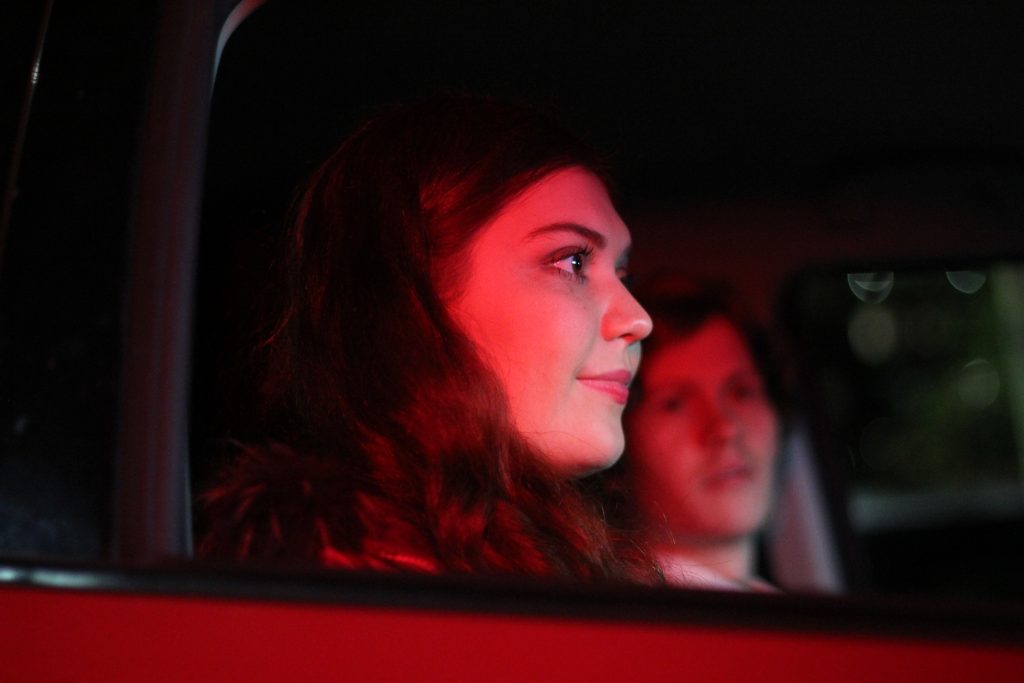















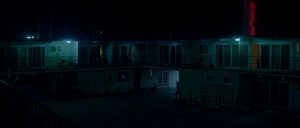










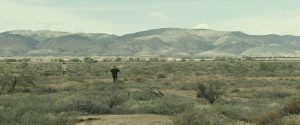











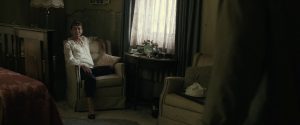





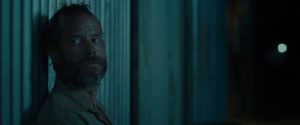















Recent Comments